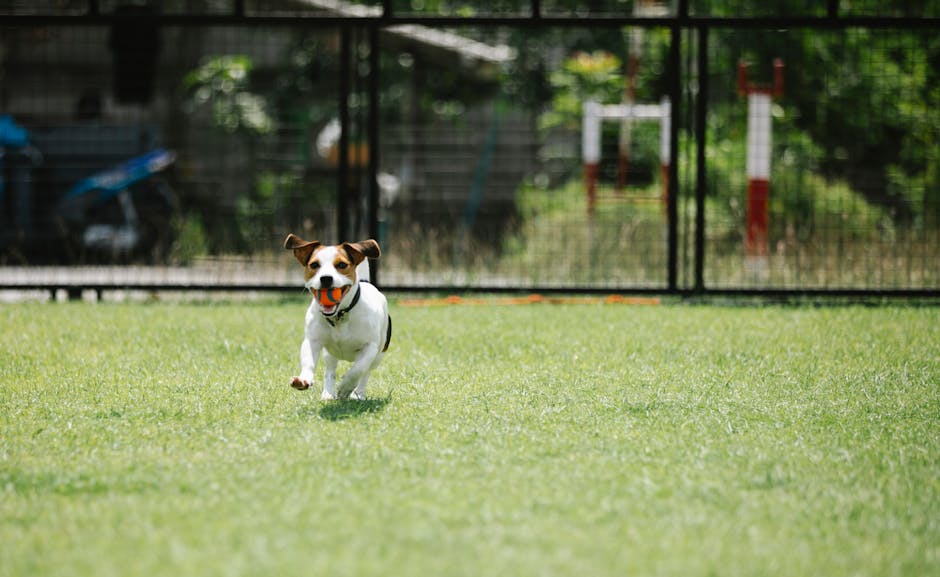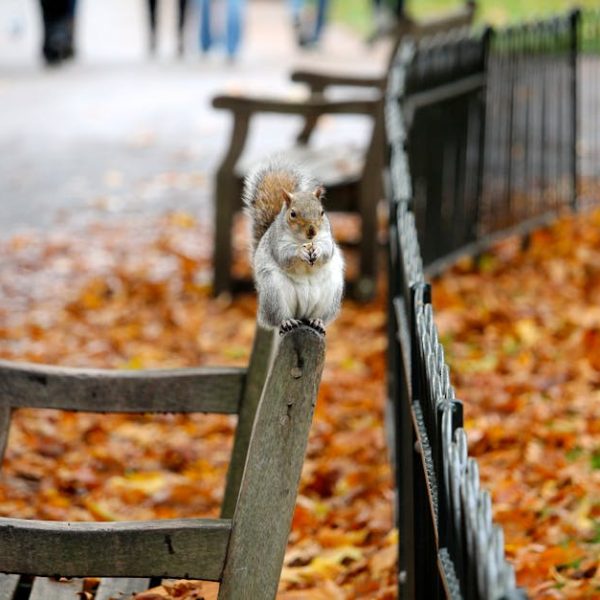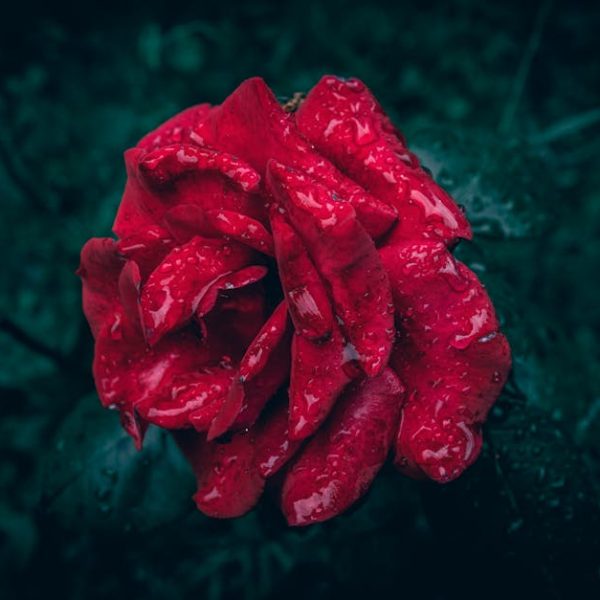Sweet corn is a summer staple that offers a delicious balance of sweet and crunchy flavors in every bite. Growing and planting your own sweet corn can be a rewarding process, provided you know the right techniques and methods. In this article, we walk you through these tricks to ensure a successful sweet corn harvest.
Choosing the Right Variety of Sweet Corn
Selecting the proper sweet corn variety is crucial. The choice typically depends on the local climate and season – early, mid, late. Here’s a list of three popular sweet corn varieties:
- ‘Silver Queen’
- ‘Bodacious’
- ‘Golden Bantam’
Each variety has its own unique flavor profile, and growing requirements. For instance, ‘Silver Queen,’ a late-season variety, is favored for its excellent flavor and large, uniform ears, while ‘Bodacious’ is known for its disease resistance and adaptability to a range of soil types.
Preparing for Planting: When and Where
The ideal time to plant sweet corn is after the last frost, when the soil is warm. Sweet corn thrives in well-drained soil with plenty of sunlight exposure. Here’s a checklist of conditions to consider when selecting a location:
- Access to full sun
- Well-drained soil
- Isolation from other corn types to prevent cross-pollination
Rotating your sweet corn crop area annually is a good practice, as it helps prevent diseases, and pests that are often specific to corn.
The Planting Process
Once you’ve prepared the ground and selected the ideal location, it’s time to plant. Start by spacing the seeds about 12 inches apart in a grid pattern to promote fertilization. Ideally, sweet corn seeds should be planted 1-2 inches deep in the soil. Post planting, water the area immediately to encourage germination. You would typically require a few gardening tools like a hoe, trowel, and watering can. ‘Hill planting’ is another best practice, where seeds are planted in small raised mounds for better plant stability and pest prevention.
Maintaining and Caring for Your Sweet Corn
Regular maintenance of your sweet corn plant involves watering, fertilizing, and pest control. Here’s a quick checklist of signs for a healthy corn plant:
- Vibrant green leaves
- Strong and straight stalks
Warning signs of pests or disease include:
- Wilted leaves
- Leaves with holes
When it comes to fertilizer and pest control, there’s an active debate between organic and synthetic options. Both have pros and cons; organic options are environmentally friendly but can be less effective, while synthetic options are highly effective but can harm beneficial insects and the environment.
Harvesting Your Sweet Corn
Finally, the part you’ve been waiting for – harvesting! A primetime to harvest your sweet corn is when the silks turn brown and the kernels release a milky liquid when pierced. Equip yourself with a sharp knife for a clean cut at the base of the husk, and a basket to collect your bounty. Post-harvest, store your sweet corn appropriately to maintain its freshness and sweet flavor – quick chilling can significantly slow down sugar turning into starch.
Life after Harvest: Storing Your Sweet Corn
After the hard work of harvesting comes the task to preserve your sweet corn’s freshness. Here’s a checklist of tips to store harvested sweet corn correctly:
- Cool corn immediately after harvesting in an ice water bath.
- Store in the refrigerator with husks on to protect kernels.
- If freezing, remove husks, blanch, then freeze immediately.
Understanding the proper storage methods for your sweet corn ensures that you maintain that farm-fresh taste even weeks after the harvest. Remember, corn tastes best when it’s just off the stalk. The sugar in corn begins to convert to starch shortly after harvesting, so utilize these methods to slow down the process and savor that sweetness.
Conclusion
Growing and planting sweet corn does require some effort, but when you bite into that juicy, sweet kernel straight from your garden, you’ll realize it was all worth it. Follow these tips, pick up your gardening tools, and get ready for a successful sweet corn season!
P.S. Don’t forget to share the fruits (or rather, corn) of your labor! Sweet corn is best enjoyed with company, at a summer barbecue, or with family around a weeknight dinner. Enjoy the process, reap the rewards, and celebrate the experience of growing your very own sweet corn successfully. You’ve got this!
Key Takeaway:
- Choosing the right variety of sweet corn, which includes ‘Silver Queen,’ ‘Bodacious,’ and ‘Golden Bantam,’ is crucial and depends on the local climate.
- The best time to plant is after the last frost, in a location that has access to full sun, well-drained soil, and isolated from other corn types.
- The planting process involves spacing seeds about 12 inches apart and 1-2 inches deep, then watering immediately after planting.
- Regular crop maintenance involves watering, fertilizing, and pest control, with signs of healthy corn including vibrant green leaves and strong stalks.
- Harvest time is when the silks turn brown, and the kernels release a milky fluid when pierced. Post-harvest storage includes cooling the corn immediately and keeping it refrigerated with husks on.
Embrace the challenge of growing sweet corn, and you’ll reap the rewards at harvest time. Always ensure your sweet corn gets abundant sunlight, use the correct watering and fertilization techniques, and watch out for any signs of pests or diseases. Enjoy the fresh, sweet taste of your homegrown corn!
FAQs
Q: How do I choose between organic and synthetic fertilizer for my sweet corn?
A: This choice depends on your personal preference and understanding of the impact of each option. Organic fertilizers are more environmentally friendly but might not be as potent, while synthetic fertilizers are effective but potentially harmful to beneficial insects and the local environment.
Q: How frequently should I water my sweet corn?
A: Watering frequency depends on the climate, but as a rule of thumb, ensure your sweet corn gets about 1 to 1.5 inches of water every week, including rainfall.
Q: Can I grow sweet corn in a pot?
A: While growing sweet corn in a large pot is possible, it may not provide enough space for optimal growth. Sweet corn grows best in open ground where it can get enough sunlight and develop a healthy root system.
Q: Should I remove the husks before storing the harvested sweet corn?
A: It’s best to keep the husks on if you plan to refrigerate the corn. Husks protect the kernels and prevent them from drying out.
Q: Can sweet corn be grown year-round?
A: Sweet corn is a warm-season crop, typically planted in late spring and harvested in summer. Regions with year-round warm climates might allow for multiple plantings, but generally, it is seasonal.
Remember to share this article with friends who might benefit from these tips, and continue exploring our website for more insights on successful gardening!






